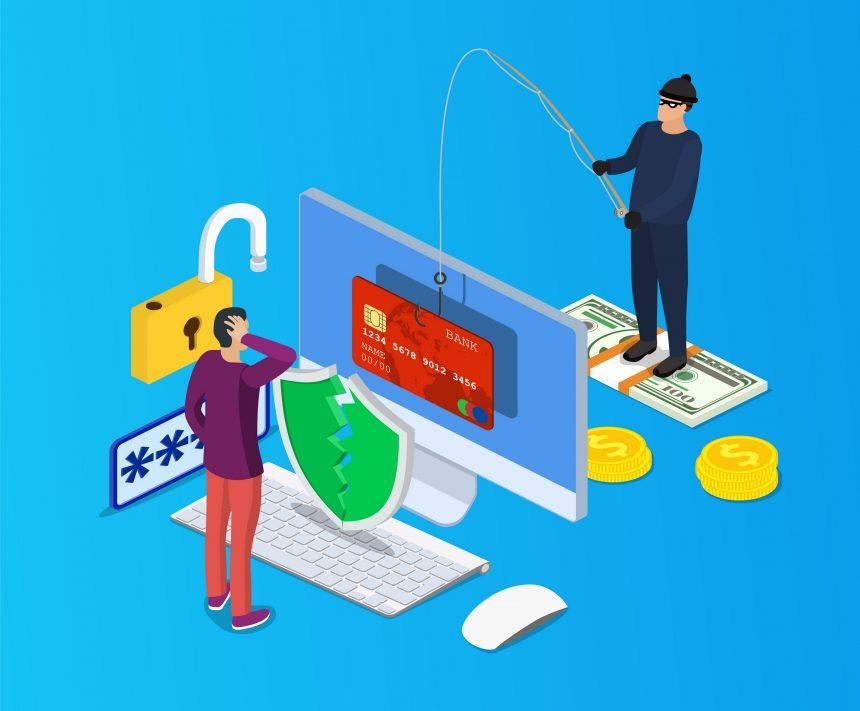In the ever-evolving landscape of cyber threats, a new and sophisticated Trojan has emerged, wreaking havoc on unsuspecting victims. Named DarkMe, this malicious software has proven to be a formidable adversary, particularly targeting financial market traders. DarkMe operates with a level of subtlety that sets it apart, exploiting vulnerabilities such as those found in Microsoft Defender SmartScreen to infiltrate systems undetected. This article delves into the characteristics of DarkMe, its potential consequences, and provides a comprehensive removal guide to help users safeguard their systems.
Understanding DarkMe
DarkMe is categorized as a Trojan, a type of malware that exhibits malevolent traits by initiating unauthorized processes and assignments within a computer. Unlike viruses, Trojans like DarkMe do not possess the capability of self-duplication but can prove challenging to remove. Distributed by advanced persistent threat actors like Water Hydra, DarkMe specifically targets financial market traders, posing significant security risks.
Actions and Consequences
DarkMe leverages specially crafted files and URLs, masquerading as legitimate links or images, to bypass security checks and infect systems. Its primary goal is to acquire administrative privileges over the operating system, allowing perpetrators to make clandestine alterations to files, uninstall existing software, and install new applications that serve their agenda. The consequences of DarkMe’s infiltration include system malfunctions, routine errors, unresponsiveness, and freezing of specific programs or processes.
The Trojan can disable antivirus programs, initiate malicious tasks covertly, and facilitate the infiltration of other viruses and malware, such as ransomware, spyware, and rootkits. The unauthorized alterations made by DarkMe can result in significant damage to the infected system, making prompt detection and removal crucial.
Data Collection and Espionage
DarkMe goes beyond system manipulation, posing a severe threat to users’ privacy. The Trojan has the capability to collect private data, including passwords and credentials, which can be misused by malicious actors. Additionally, DarkMe can serve as a tool for espionage, clandestinely gathering sensitive information about users’ personal lives, online activities, and financial details. This information can be transmitted to hackers’ servers, potentially subjecting victims to blackmail, online theft, banking fraud, and various other forms of harassment.
Detection and Similar Threats
DarkMe’s stealthy distribution methods make timely detection challenging. Users should remain vigilant against suspicious links or attachments, keep software and security patches up to date, and employ reliable antivirus software. Detection names for DarkMe may include various security software alerts, highlighting its elusive nature. Similar threats may exploit different vulnerabilities but share the common goal of compromising system integrity and stealing sensitive information.
Removal Guide
Removing DarkMe is a critical step in safeguarding your system. Follow this comprehensive manual removal guide:
- Enter Safe Mode: Restart your computer and press F8 repeatedly until the Advanced Boot Options menu appears. Select Safe Mode with Networking.
- Identify Malicious Processes: Open Task Manager (Ctrl + Shift + Esc) and terminate any suspicious processes related to DarkMe.
- Delete Malicious Files and Folders: Navigate to the system directories (e.g., C:\Windows\System32) and delete any suspicious files or folders associated with DarkMe.
- Modify System Registry:
- Press Win + R, type “regedit,” and press Enter.
- Navigate to HKEY_LOCAL_MACHINE\SOFTWARE\Microsoft\Windows\CurrentVersion\Run.
- Delete any entries related to DarkMe.
- Remove Malicious Entries from Startup:
- Open the System Configuration utility (Win + R, type “msconfig,” and press Enter).
- Go to the Startup tab and uncheck any suspicious entries.
- Reset Browser Settings: DarkMe may affect browser settings. Reset them to default to remove any unwanted extensions or modifications.
- Scan for Remaining Threats: Use a reputable antivirus or antimalware tool to perform a full system scan.
Preventative Measures
To prevent future infections, follow these best practices:
- Keep Software Updated: Regularly update your operating system, antivirus software, and other applications.
- Exercise Caution with Links and Attachments: Avoid clicking on suspicious links or opening email attachments from unknown sources.
- Use a Firewall: Enable a firewall to monitor and control incoming and outgoing network traffic.
- Educate Users: Educate yourself and others about cybersecurity best practices to enhance overall awareness.
Conclusion
DarkMe poses a significant threat to the cybersecurity landscape, particularly targeting financial market traders. By understanding its characteristics, potential consequences, and following the provided removal guide, users can take proactive measures to safeguard their systems. Stay vigilant, keep software updated, and adopt best practices to minimize the risk of falling victim to stealthy cyber threats like DarkMe.





